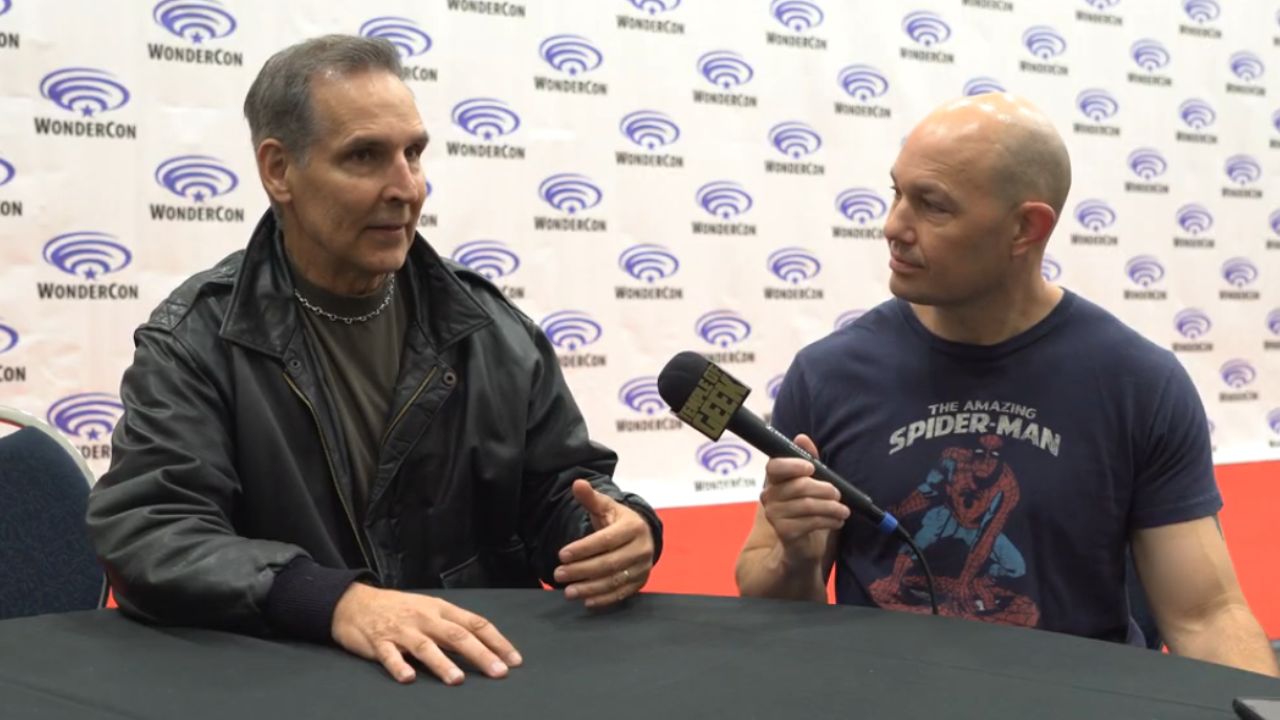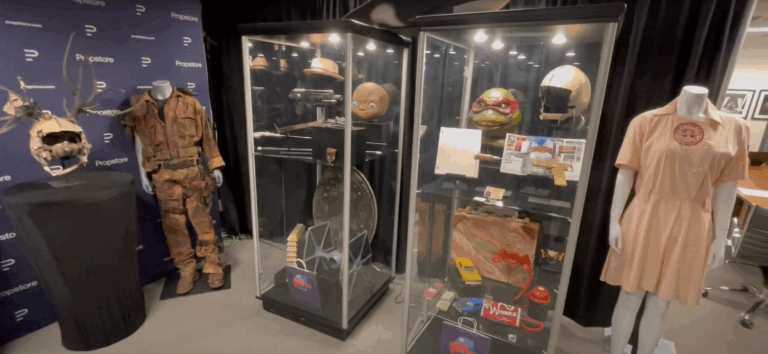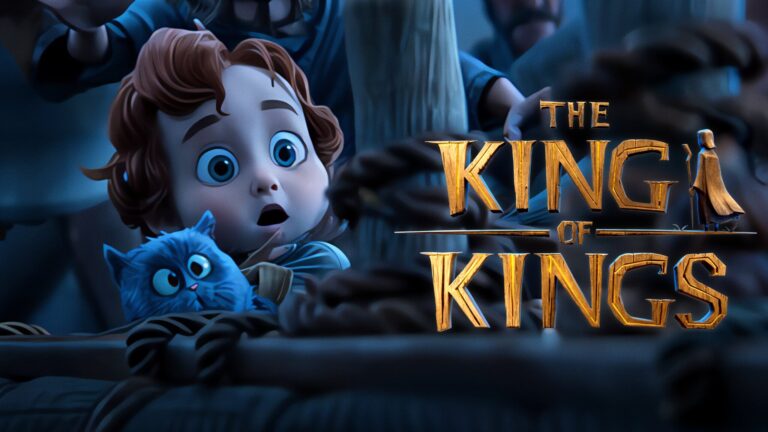At WonderCon 2025, Temple of Geek sat down with Todd McFarlane, a figure often described as a comic book icon, though he modestly refers to himself as just having had a long career. McFarlane shared insights into his artistic journey, from his early inspirations to his current and future projects.
Todd McFarlane on His Early Inspirations and Artistic Beginnings
McFarlane’s journey into comics began in 1977 when he started collecting at age 16. He was immediately captivated by artists like George Pérez, amazed by the sheer amount of artwork Pérez could fit onto a page while working on titles like Avengers and Fantastic Four. John Byrne’s work on The Uncanny X-Men and Marvel Team-Up, especially inked by Terry Austin, also left a significant impression with its detail. Other influential artists included John Buscema for his dynamic Conan work, Sal Buscema and Ernie Chan on Hulk, Marshall Rogers for his distinctive Batman capes, and Gil Kane for powerful action sequences. McFarlane admitted he didn’t initially appreciate Jack Kirby’s “big and clunky” style but later recognized Kirby’s genius for melodrama and “hyperbolic imagery”. Neil Adams also stood out for his sheer drawing ability.
Evolving Style: From “Average” to Iconic
When McFarlane broke into the industry around 1985, he felt his drawing skills were “average at best”. To stand out, he focused on graphic page layouts, hoping to “baffle them with my bullshit” and distract from his perceived lack of drawing prowess, particularly during his time on Infinity, Inc.. The strategy seemed to work, earning him recognition. As he gained experience drawing professionally, his skills improved, allowing him to rely less on graphic tricks. Moving to Marvel initially forced him to focus solely on drawing. By the time he reached Spider-Man, the graphic elements began reappearing, blending with his improved drawing ability to form his recognizable, energetic style. He acknowledges that while others might surpass him in raw drawing ability, the energy on his pages resonated with readers.
Reinventing Spider-Man and the Birth of Venom
Taking over Spider-Man was a significant step. However, McFarlane wasn’t keen on the character wearing the black costume, a remnant of Secret Wars. He wanted to draw the classic red-and-blue suit. His desire to return Spider-Man to his traditional look, coupled with Marvel’s wish to keep the black suit, led directly to the creation of Venom. McFarlane designed the visual, David Michelinie wrote the backstory, and thus a major character was born . Somewhat by “happy accident,” as McFarlane puts it. He didn’t feel he truly drew Spider-Man until issue 300, when Peter Parker was finally back in the classic costume.
Founding Image Comics
The idea for Image Comics grew out of conversations between McFarlane, Rob Liefeld, and Erik Larsen. As they discussed potentially leaving Marvel to create their own books independently, they realized it made more sense to unite under one banner, something unprecedented collectively at the time. What started as three founders quickly grew. Jim Valentino joined, then McFarlane recruited Jim Lee (who brought Whilce Portacio), and finally Marc Silvestri, bringing the total to seven founding members right before they informed Marvel. This group included several artists known for their work on Marvel’s top-selling mutant books, making their departure particularly impactful.
Todd McFarlane on Looking Ahead: Spawn Universe and the Power of Longevity
McFarlane remains focused on the future. Spawn has issue 400 on the horizon, presenting the challenge of topping the milestones set around issue 300. The spin-off titles born from the Spawn universe expansion in 2021 – King Spawn, Gunslinger Spawn, and The Scorched – are all approaching their 50th issues. He passionately advocates for creators reaching 50 issues with their own creations. Arguing it’s key to building a lasting presence, creating substantial collected editions like compendiums. It helps in gaining opportunities outside of comics, such as TV or movie deals. He contrasts this with creators doing short runs, emphasizing the long-term value and financial independence gained by building a substantial body of creator-owned work. Citing Robert Kirkman’s success with The Walking Dead comics as an example. McFarlane believes longevity allows creators to weather occasional missteps. Fans invest in the overall character and story rather than judging single issues. Despite his long career, Todd McFarlane remains enthusiastic, stating, “I still think that the best is yet to come”.








